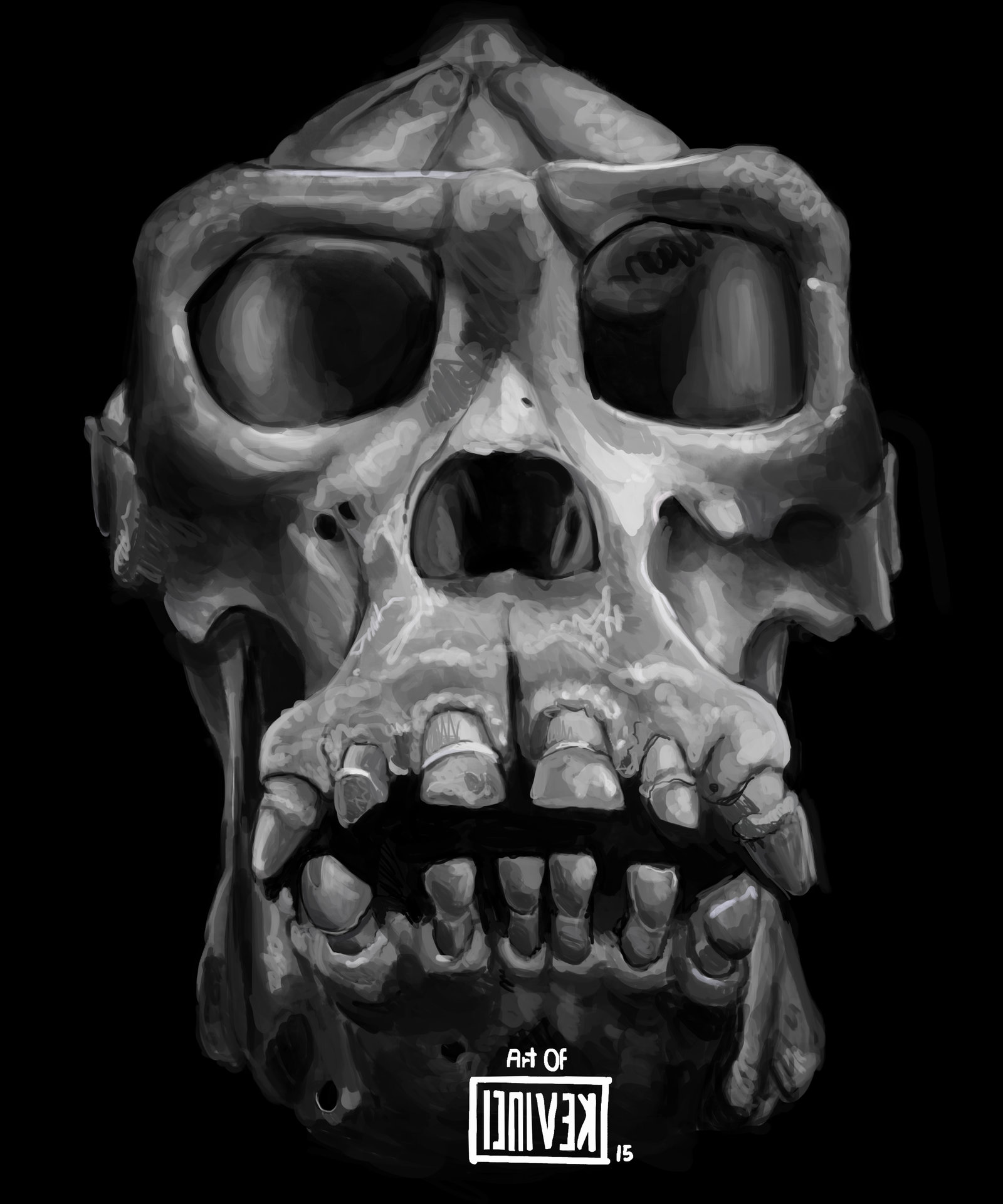
The researchers extracted proteins from Gigantopithecus dental enamel and reconstructed their amino acid sequence by using a technique called mass spectrometry. The technique is revolutionizing research into prehistoryĮnrico Cappellini and colleagues analysed dental enamel from a Gigantopithecus that was 1.9 million years old. But researchers could not determine with 100% certainty whether it was more closely related to orangutans or to other modern primates,” says Enrico Cappellini. “Using the molars, researchers had previously determined that Gigantopithecus was much larger than all modern primates. Nevertheless, one of these molars has been enough for the researchers to determine that the orangutans are the closest living relatives of Gigantopithecus. Only a few jawbones and thousands of ancient molars have been found so far. However, despite its size, Gigantopithecus has not left many traces of its existence. Nevertheless, this giant ape co-existed with our ancestor Homo erectus, which also lived in these areas at that time. Some researchers even claim to have evidence that it first became extinct 100,000 years ago. Gigantopithecus lived from 2 million to 300,000 years ago.

The gigantic ape, which very appropriately goes by the tongue-twisting name Gigantopithecus, lived in regions that today span China, Vietnam and Indonesia. Gigantopithecus lived at the same time as our ancestors The findings have been published in Nature. “We are very excited that we can use this new method to map the lineage between an ape that became extinct 300,000 years ago and its modern relatives based on just a few protein sequences in tooth enamel,” explains an author, Enrico Cappellini, Associate Professor, Section for Evolutionary Genomics, Globe Institute, University of Copenhagen. The discovery indicates that the giant ape is most closely related to an orangutan and that the lineages of this ape and the orangutan diverged up to 12 million years ago. So far, palaeontologists have only found molars and a few mandible fragments from this long-extinct ape, but now researchers can use a new technique developed in Denmark to determine which species is most closely related to this giant ape.

The ape was about 3 metres tall and weighed up to 600 kg, which is twice the size of a male silverback gorilla. Half a million years ago, Asia had an ape so huge that it made a full-grown male gorilla look like a scrawny teenager.


 0 kommentar(er)
0 kommentar(er)
